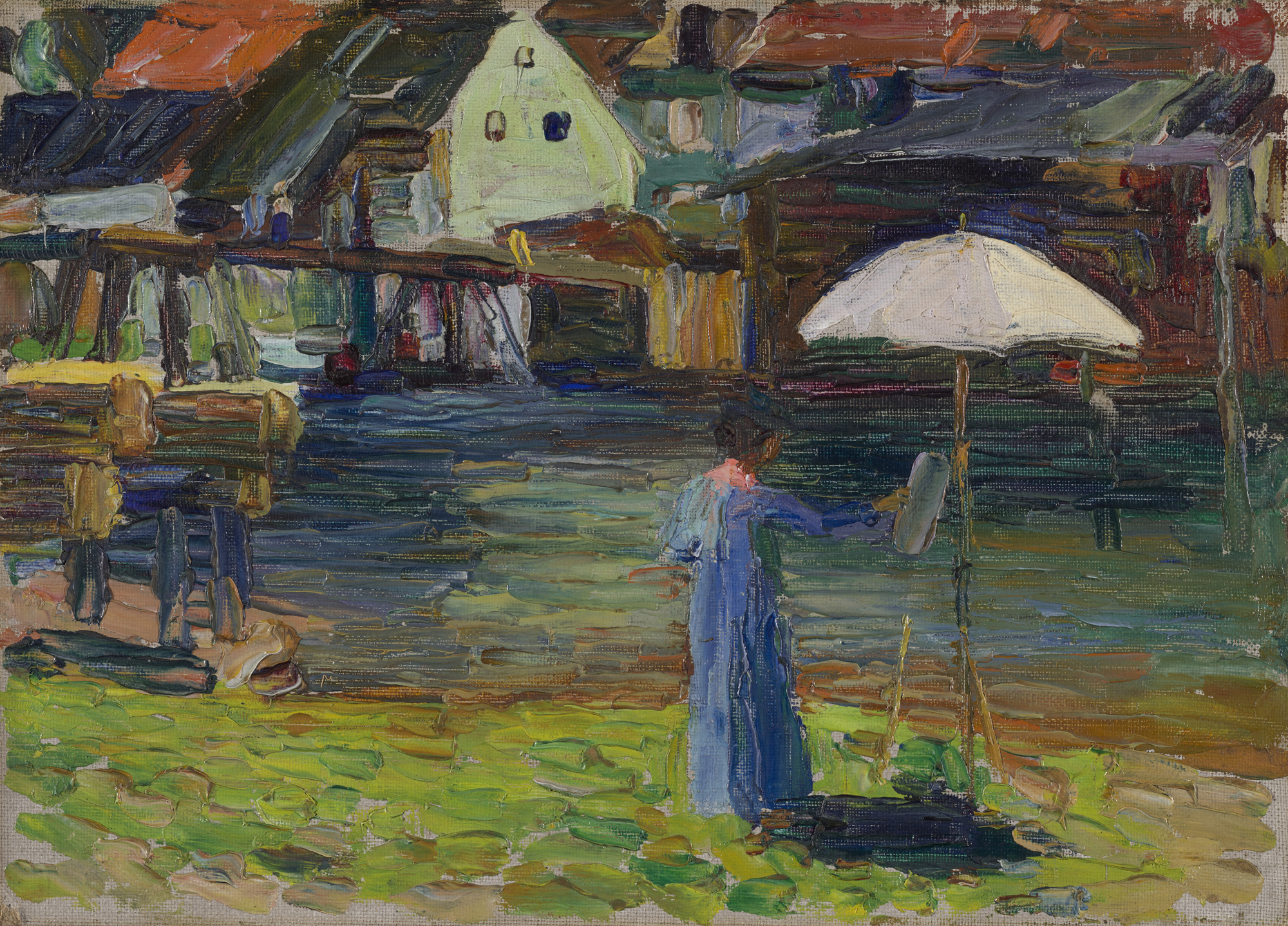Per tanto amore la mia vita si tinse di viola
e andai di rotta in rotta come gli uccelli ciechi
fino a raggiungere la tua finestra, amica mia:
tu sentisti un rumore di cuore infranto
e lì dalle tenebre mi sollevai al tuo petto,
senz'essere e senza sapere andai alla torre del frumento,
sorsi per vivere tra le tue mani,
mi sollevai dal mare alla tua gioia.
 |
| Leonid Afremov (1955-2019) | Romantic Impressionist painter |







